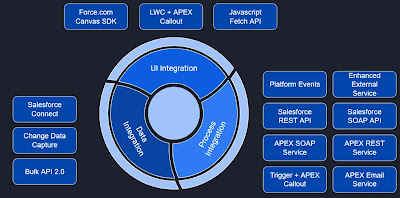Managing large data volumes in Salesforce necessitates employing effective strategies and optimization techniques. Below are some recommended approaches to handle this situation efficiently:
1. Data Archiving and Purging: Identify historical or redundant data and archive or delete it from the Salesforce instance. This practice helps reduce the overall size of your database and enhances performance.
2. Data Model Optimization: Design your Salesforce data model in a manner that minimizes the number of records and maximizes data reuse. Use appropriate relationships, such as lookup or master-detail relationships, to avoid data duplication.
3. Indexing: Index critical fields used in search filters or report criteria. Indexing can significantly enhance query and search performance on large data sets.
4. Bulk API: Utilize the Salesforce Bulk API for operations involving large data volumes, such as data imports, updates, or deletions. The Bulk API enables processing large data sets in batches, leading to improved performance.
5. Asynchronous Processing: Consider leveraging Salesforce Asynchronous Apex or Queueable Apex for resource-intensive operations. These mechanisms enable the management of long-running processes without adversely affecting the user experience.
6. Data Loader and External Tools: Take advantage of tools like the Salesforce Data Loader or third-party ETL (Extract, Transform, Load) tools to handle large data volumes efficiently. These tools facilitate data migration, synchronization, and manipulation tasks at scale.
7. Governor Limits and Limits Management: Ensure that your processes operate within the Salesforce governor limits. Monitor system usage and implement measures to gracefully handle limit exceptions.
8. Data Partitioning: If feasible, partition your data into smaller logical units to enhance manageability. For instance, consider partitioning data based on geographical regions or business units.
9. Data Archiving Services: Salesforce provides data archiving solutions like "Big Objects" that can handle large historical data volumes that are infrequently accessed. Utilize these features to offload older data from your primary tables.
10. Performance Tuning: Regularly monitor your Salesforce instance's performance and optimize slow-performing queries or processes. This may involve creating custom indexes, optimizing code, or reevaluating data access patterns.
